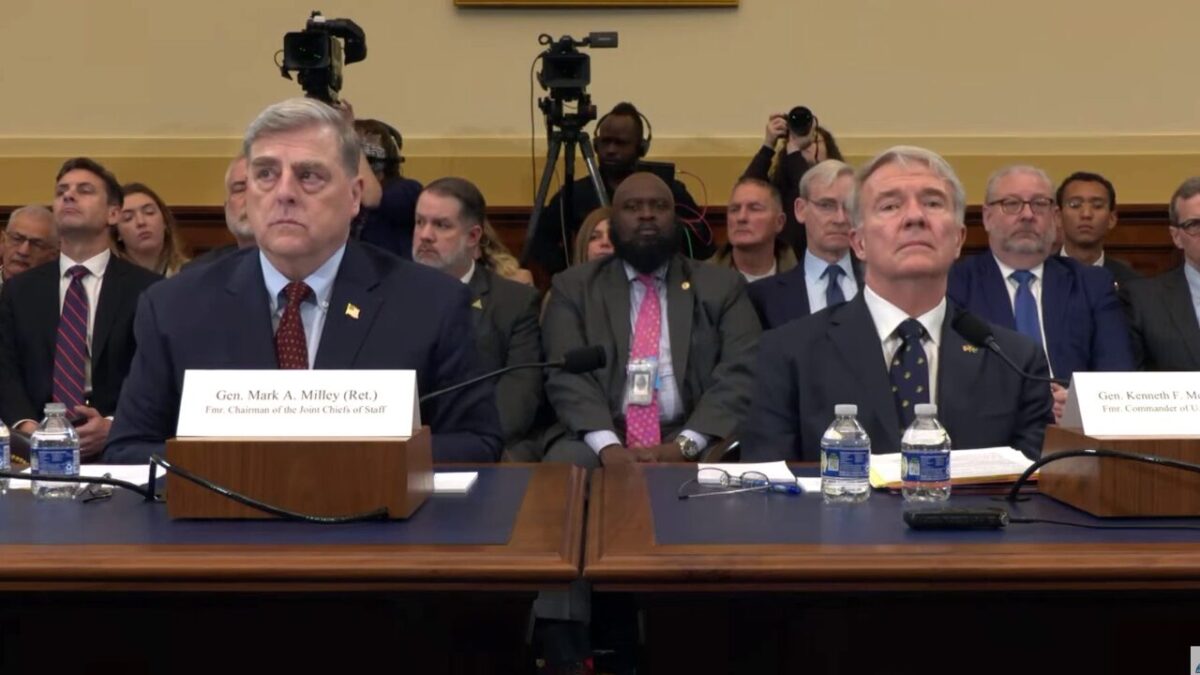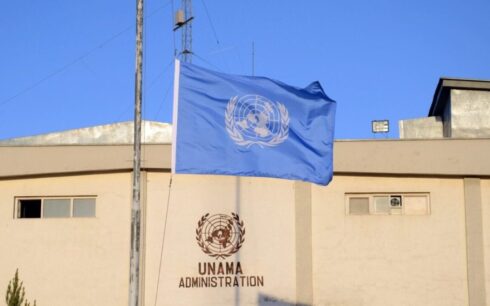The top two U.S. generals who oversaw the evacuation from Afghanistan as it fell to the Taliban in August 2021 criticized the Biden administration for the disordered withdrawal, telling lawmakers Tuesday that the evacuation was poorly planned and not initiated in time.
In rare public testimony, the two retired generals exposed for the first time the disagreements they had with the Biden administration during the final days of the conflict. They highlighted two main points of contention: the military’s advice to maintain at least 2,500 troops in Afghanistan for stability and concerns that the State Department was too slow to begin an evacuation.
Their comments contrast with an internal White House review, which concluded that President Joe Biden’s decisions were limited by previous withdrawal agreements negotiated by former President Donald Trump. The review criticized the military, stating that top commanders had indicated they had sufficient resources for the evacuation.
A suicide bomber killed 13 U.S. service members at Kabul airport’s Abbey Gate in the final days of the conflict as the Taliban assumed control over Afghanistan.
Thousands of Afghans and U.S. citizens frantically attempted to board U.S. military flights out of the country. Ultimately, the military evacuated more than 130,000 civilians before the last U.S. military aircraft left.
This chaotic situation resulted from the State Department’s delay in calling for an evacuation of U.S. personnel, according to former Joint Chiefs of Staff Chairman Gen. Mark Milley and retired Gen. Frank McKenzie of the U.S. Central Command, during their testimony to the House Foreign Affairs Committee.
“On Aug. 14, the State Department made the decision to evacuate, and the U.S. military was alerted, mobilized, and deployed more rapidly than any other military in the world could,” Milley said. However, he criticized the timing of this decision as “too slow and too late.”
Evacuation directives are issued by the State Department. In the months leading up to the Taliban’s takeover, the Pentagon urged the State Department to prepare evacuation plans, expressing concerns over the department’s readiness, McKenzie noted.
“We had forces in the region as early as July 9, but could not act due to the State Department’s delay, a critical error that led to the August events,” McKenzie stated.
He attributed the turmoil in mid to late August 2021 directly to the delayed start of the evacuation operation until the situation was dire and the Taliban had overtaken the country.
At the time, Milley, then the highest-ranking military officer, advised Biden to maintain a contingent of 2,500 troops to support Afghanistan’s special forces against the Taliban and to secure Bagram Air Base for additional military options. Biden opted for a smaller force of 650 to secure the U.S. Embassy, insufficient for holding Bagram, which the Taliban swiftly captured.
Since the U.S. withdrawal, the Taliban have controlled Afghanistan, imposing significant restrictions on the rights of women and girls.
A 2023 internal review by the White House attributed the chaotic withdrawal partly to Biden being “constrained” by Trump’s earlier withdrawal agreements. The review also shifted some blame for the Aug. 26, 2021, suicide bombing at Hamid Karzai International Airport to the U.S. military, noting it made a crucial decision regarding the threat of a terrorist attack. Senior military officials had affirmed they had adequate resources and authority to address threats, the report added.





